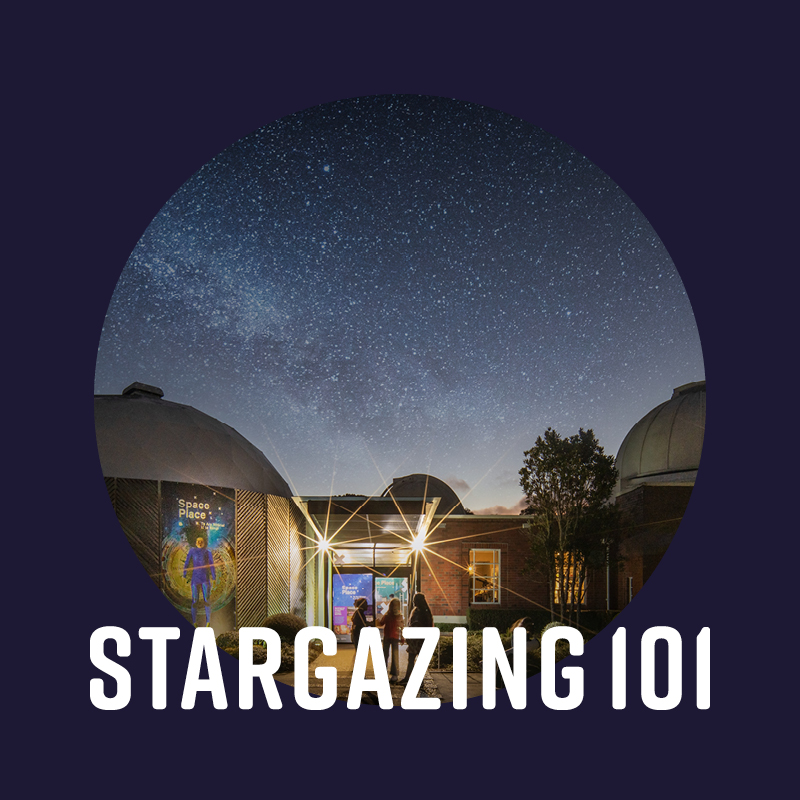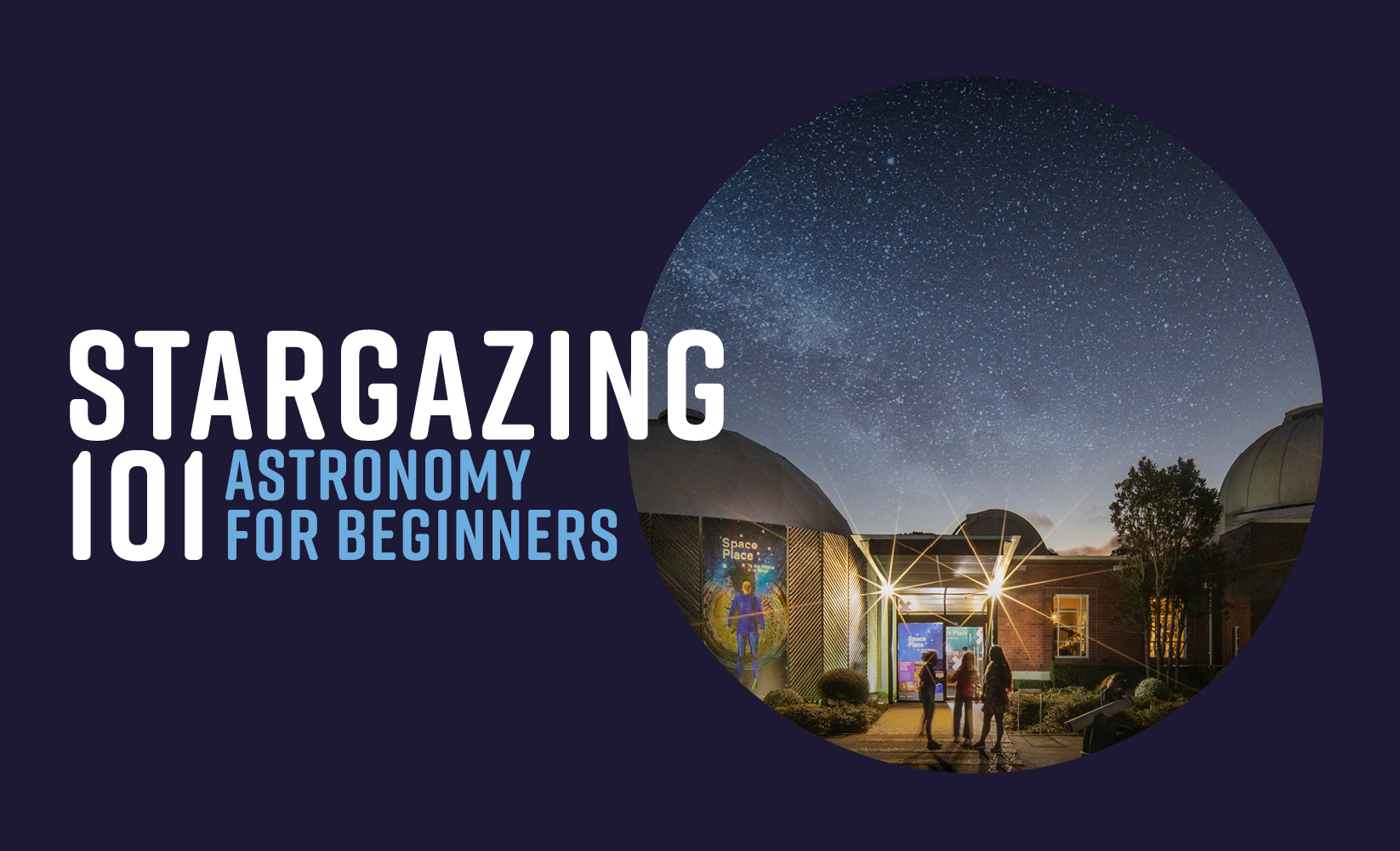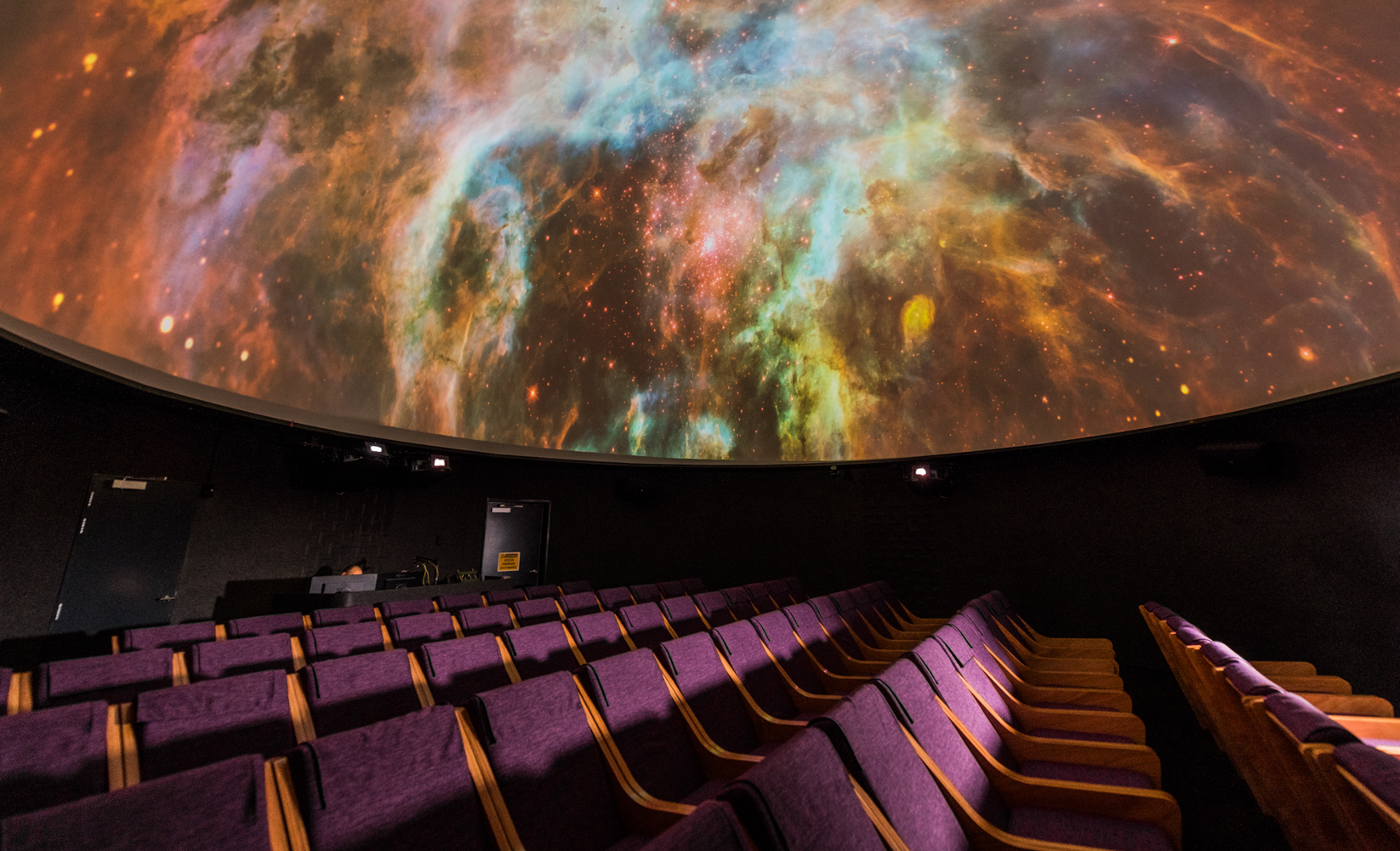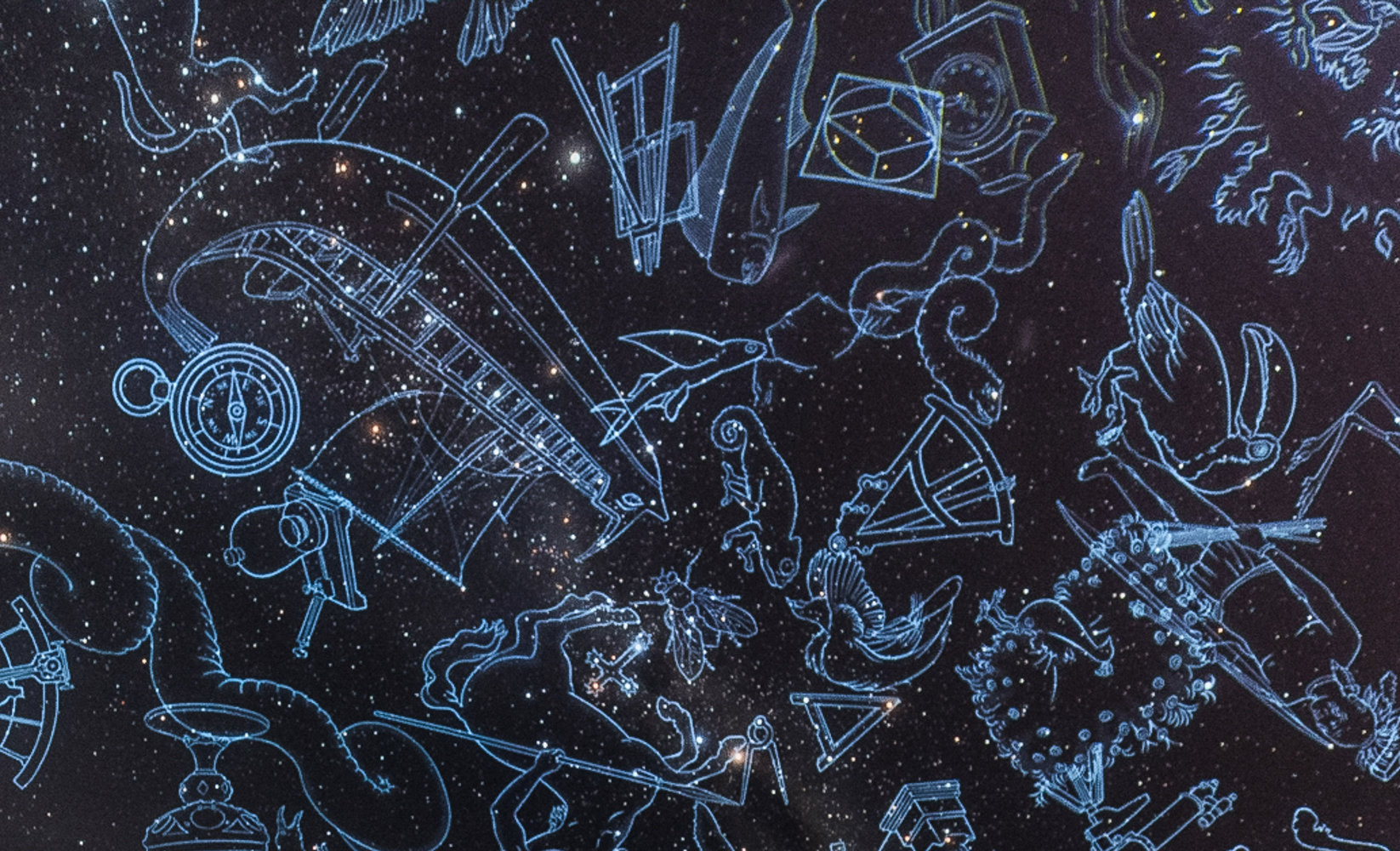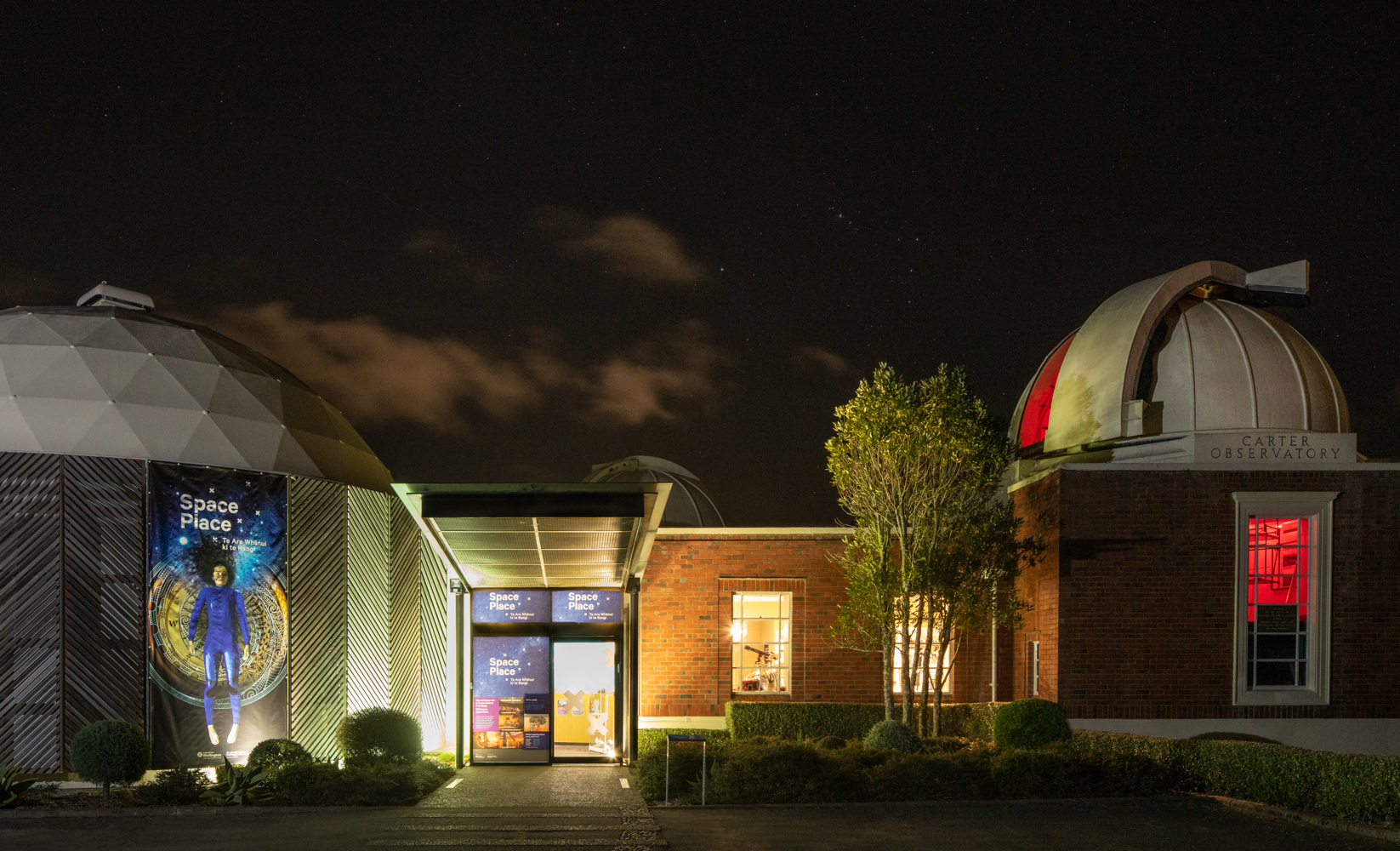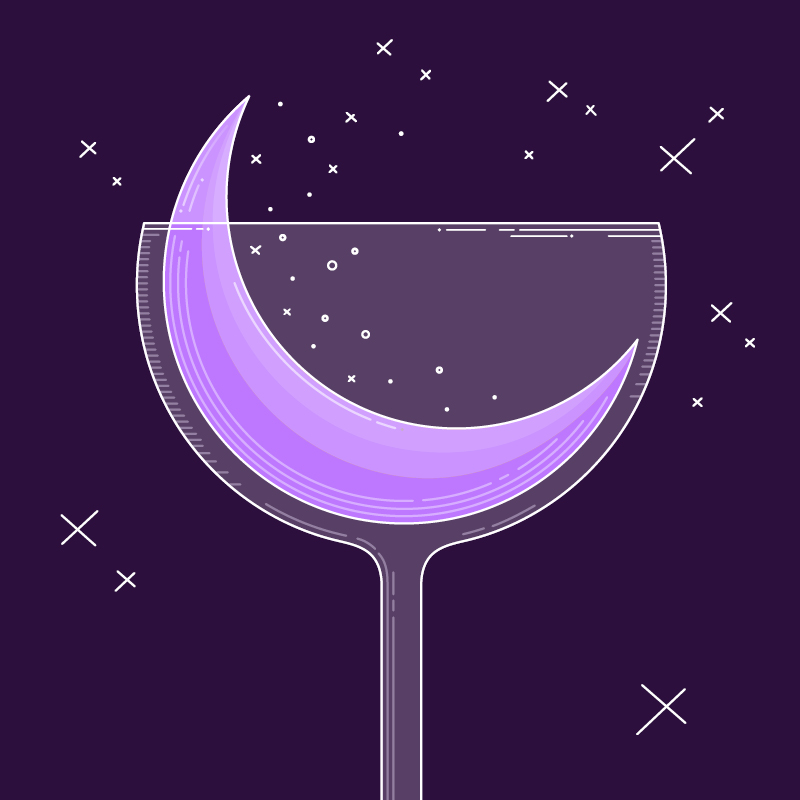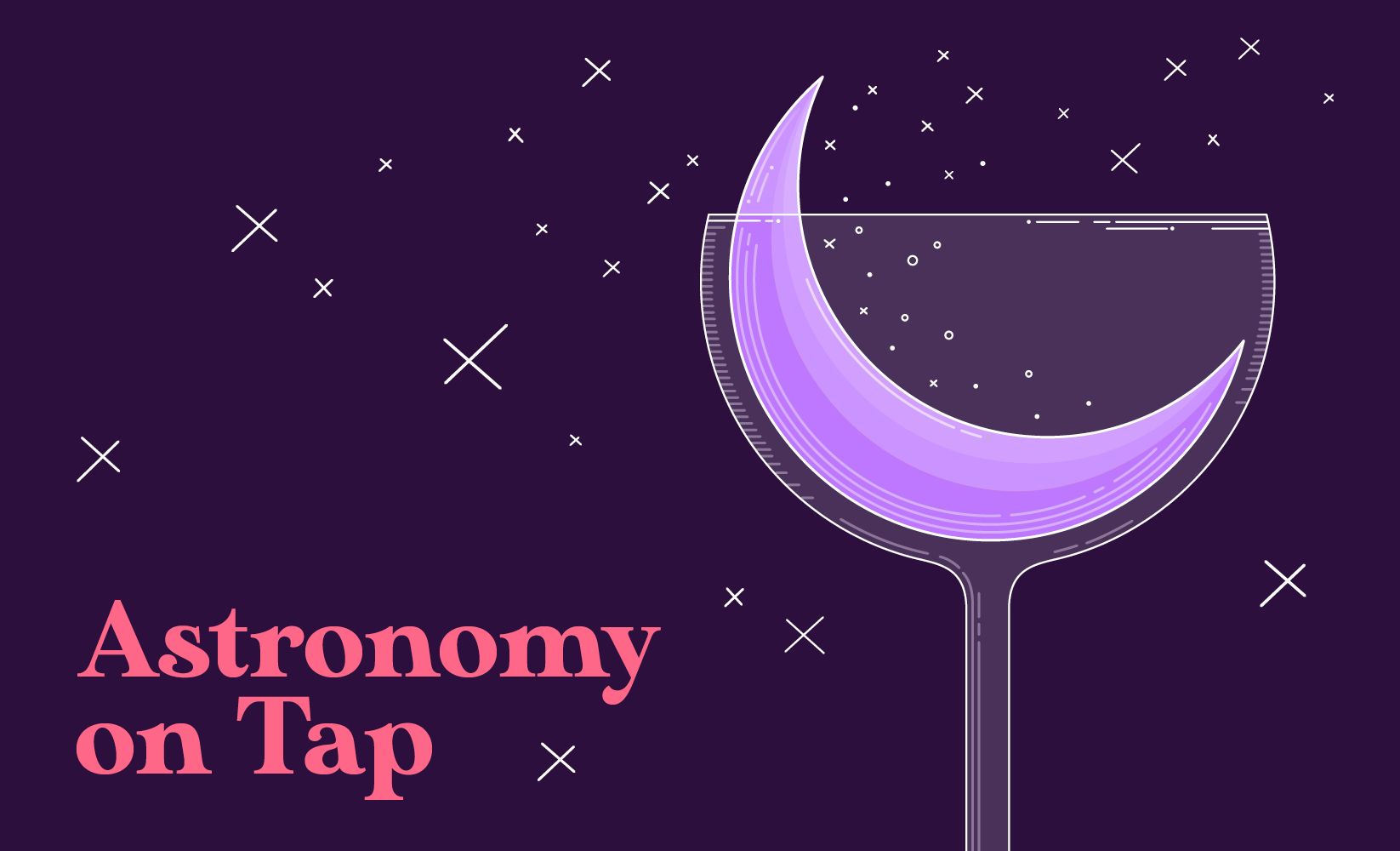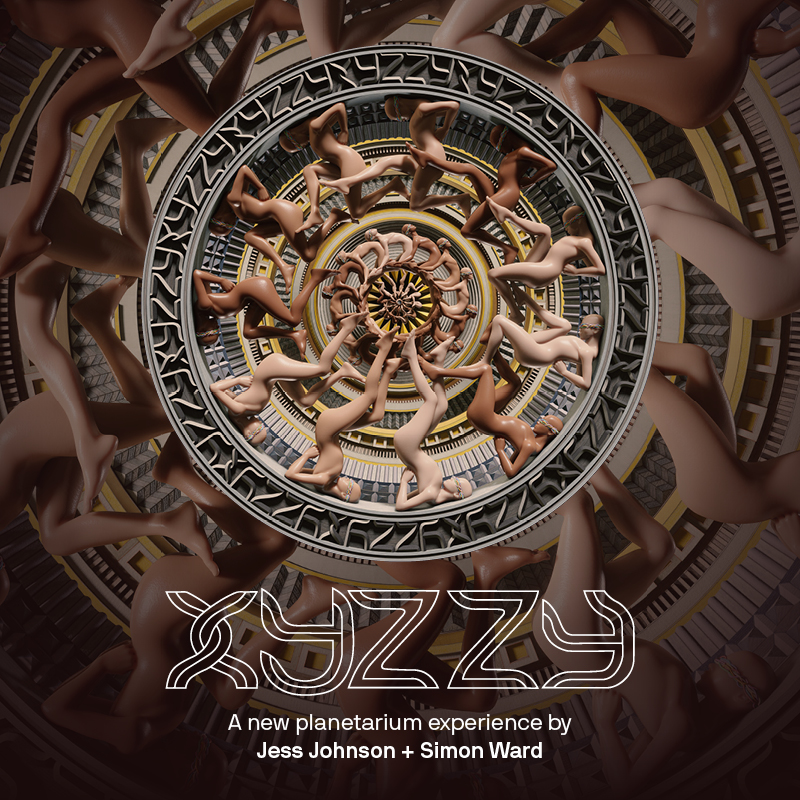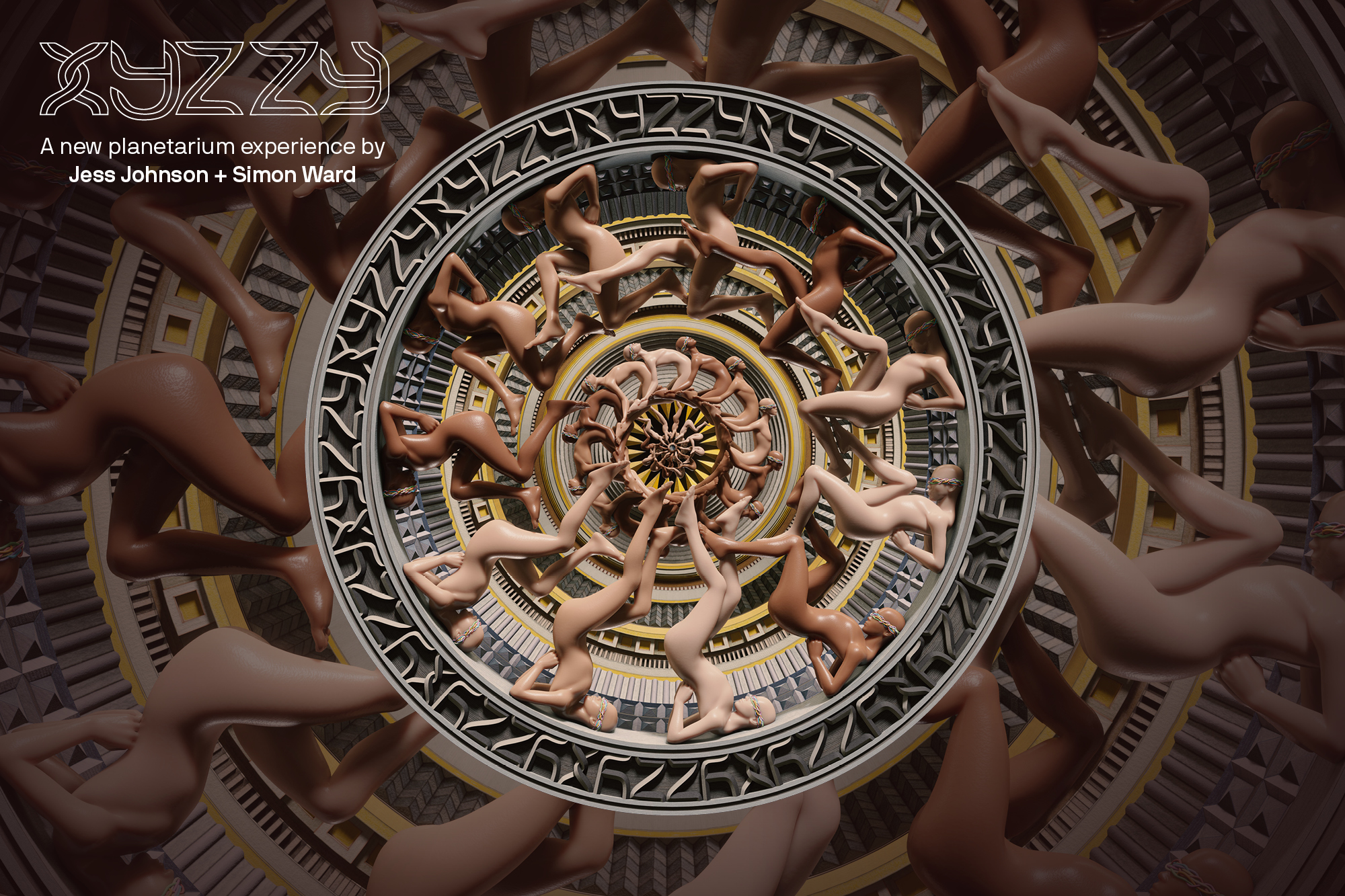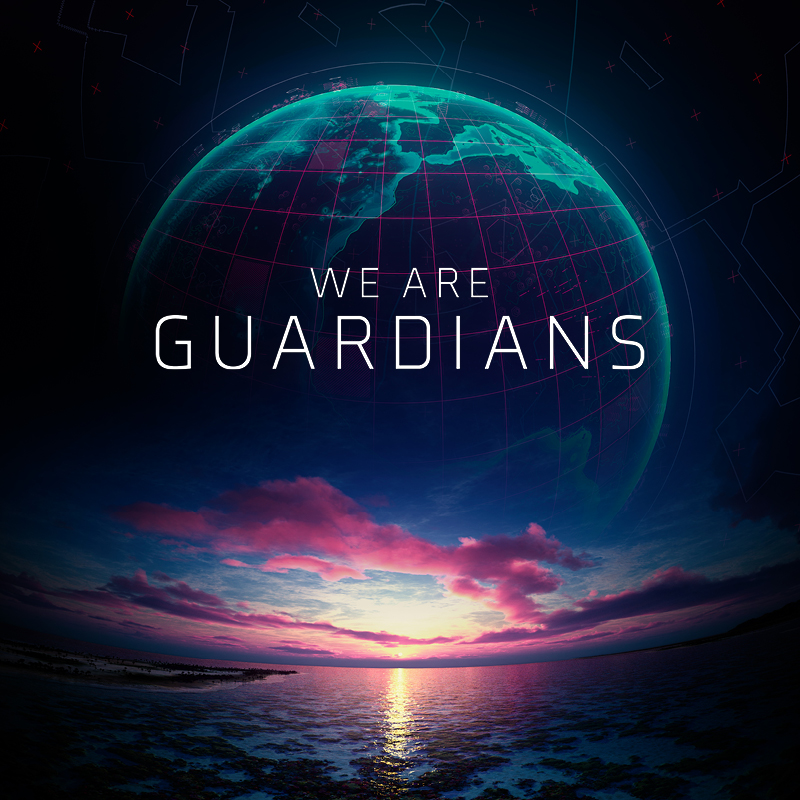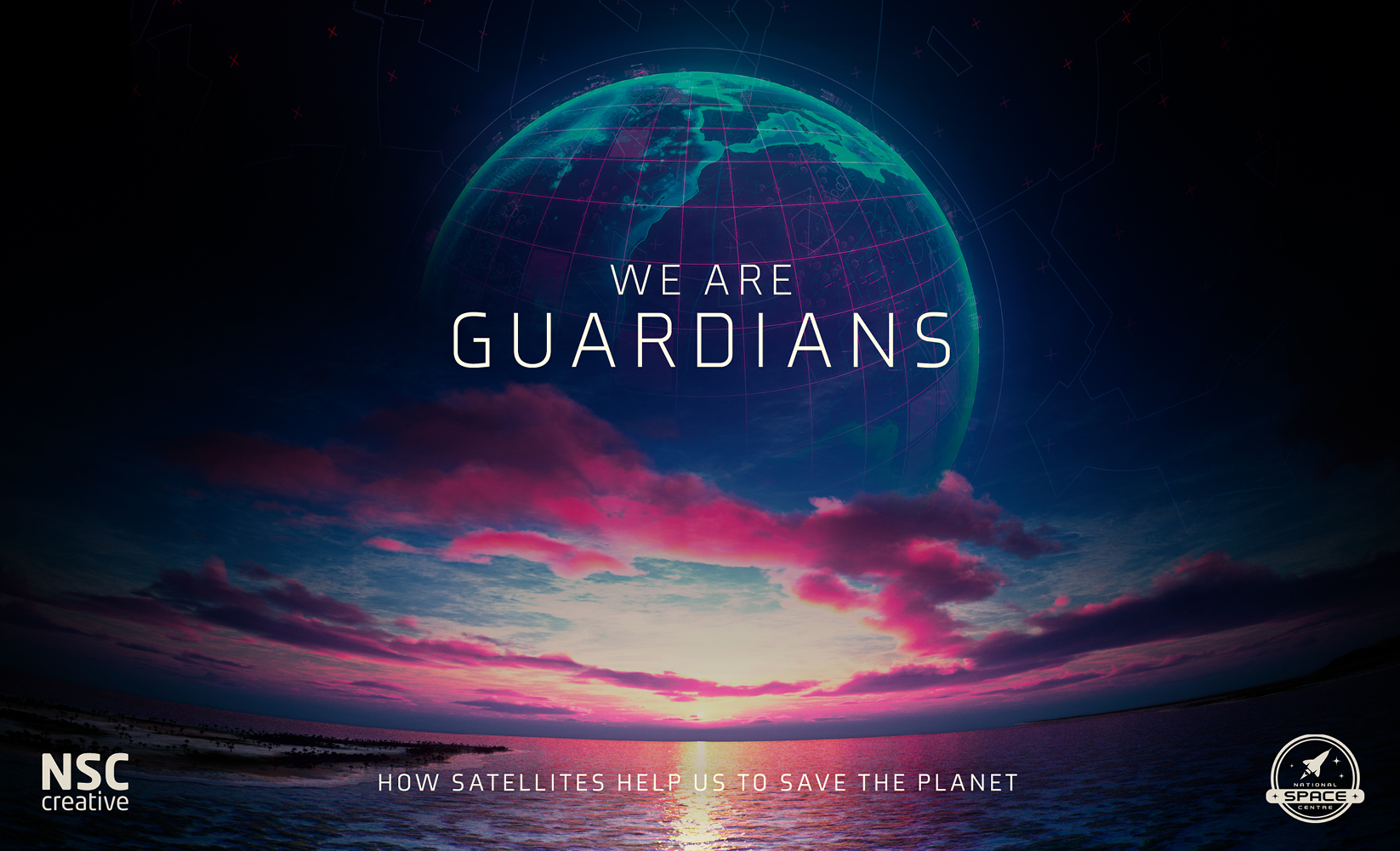Space Place closing for renovations
By Space Place | 19 July, 2024
We are excited to announce that our planetarium galleries will be undergoing renovations to refresh our exhibits and telescope room.
To allow for these improvements, Space Place will be closed from Monday 22 July to Wednesday 31 July. During this time there will be no gallery admissions, planetarium shows, or events.
Space Place will reopen partially on Thursday 1 August, with planetarium shows and events resuming but sections of the galleries remaining closed until Friday 6 September. During the partial opening period, visitors will receive discounted entry on planetarium shows (adults $11, concession and students $9, tamariki 4-16 $5, 0-3 free, family $29). Birthday parties will continue running at a 10% discount.
We apologise for any inconvenience this may cause, and appreciate your understanding as we work to create an exciting new experience for our visitors.
Many thanks to Sargood Bequest and Pelorus Trust for supporting this exciting project. And a huge thank you to the Lion Foundation and Four Winds Foundation for making our recent foyer upgrades possible.
We can’t wait for our new galleries to open so we can share our love of space and science with all Pōneke.
Stay tuned for updates and sneak peeks of what’s to come!
Thank you for you supporting Space Place.
Sincerely,
Space Place
[email protected]
+64 4 910 3140





